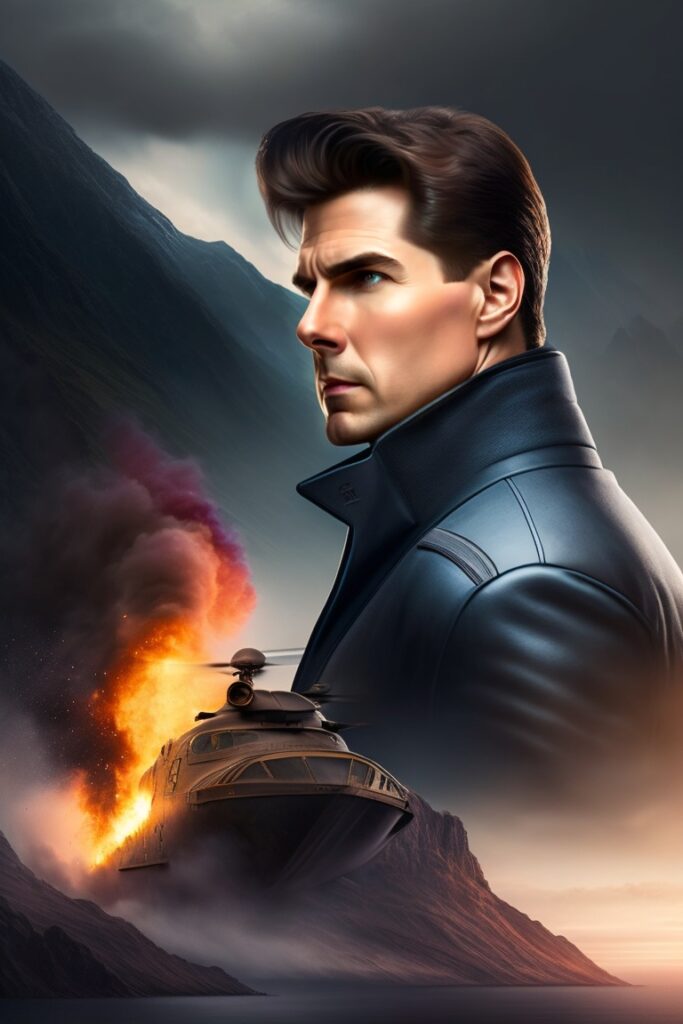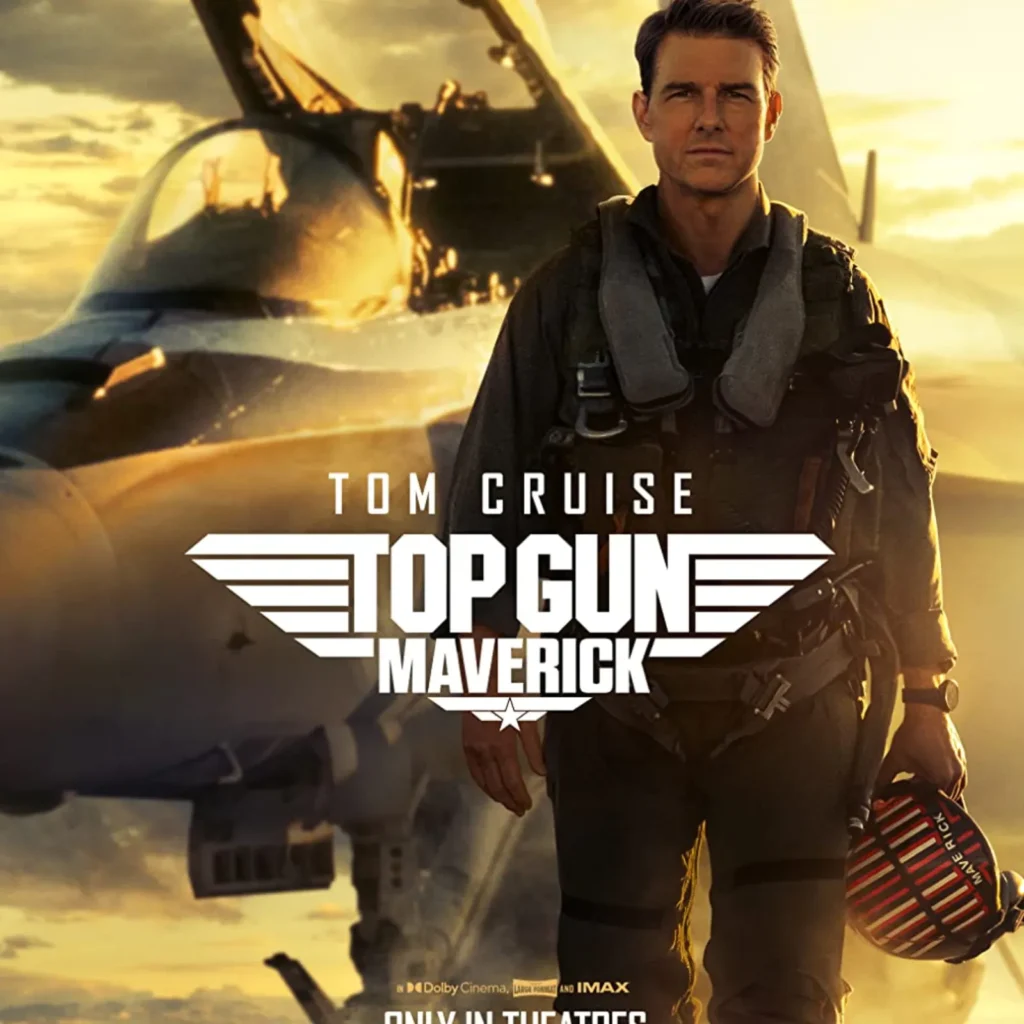
Mission Impossible: Fallout is an action-packed roller coaster ride that keeps you on the edge of your seat from start to finish. With its intricate plot filled with twists and turns, the film delivers an adrenaline-fueled experience that is sure to entertain fans of the franchise and action movie enthusiasts alike.
One of the standout elements of the movie is Tom Cruise’s performance. Once again, he fully commits to his role as Ethan Hunt, showcasing his dedication and physical prowess. Cruise’s athletic abilities are on full display as he performs daring stunts, including jaw-dropping helicopter chases and breathtaking skydiving sequences. His commitment to the action is truly commendable and adds an extra layer of excitement to the film.
In addition to Cruise’s impressive performance, the supporting cast delivers strong performances as well. Rebecca Ferguson returns as Ilsa Faust, bringing a mix of charm and badassery to her character. Henry Cavill joins the cast as August Walker, a tough and enigmatic CIA agent, adding an extra dynamic to the team. The chemistry between the actors enhances the tension and camaraderie within the group, making their interactions engaging and enjoyable to watch.
The film’s pacing is well-crafted, with a balance between intense action sequences and moments of suspense. The action scenes are expertly choreographed and shot, keeping the audience engaged and invested in every high-stakes moment. From high-speed motorcycle chases through crowded streets to intense hand-to-hand combat, the film constantly ups the ante, delivering thrilling set pieces that leave you wanting more.
The plot of Mission Impossible: Fallout is complex and full of surprises. It weaves a web of espionage, double-crosses, and moral dilemmas that keeps you guessing until the very end. The narrative is layered and provides enough depth to keep the audience engaged beyond just the adrenaline rush of the action.
While the film is undeniably entertaining, it may not offer much in terms of originality. It adheres to the tried-and-true formula of the Mission Impossible franchise, which could be seen as both a strength and a weakness. While fans of the series will appreciate the familiar elements, others may find the story predictable or formulaic.
Overall, Mission Impossible: Fallout is a highly enjoyable action film that delivers on its promises. With its thrilling action sequences, solid performances, and a plot filled with unexpected twists, it keeps you captivated throughout. If you’re a fan of the franchise or simply looking for an adrenaline rush, this movie is definitely worth a watch.

